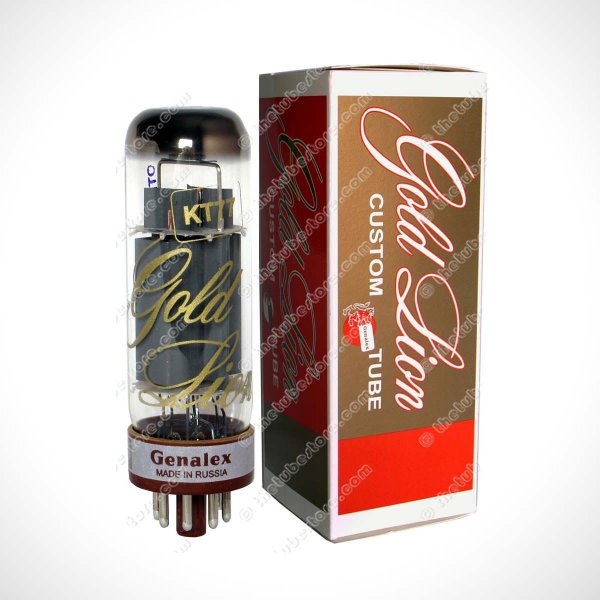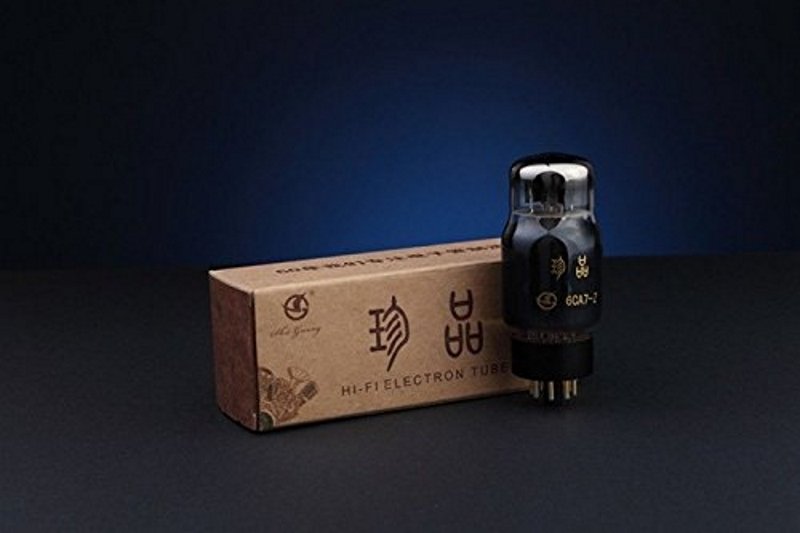This is my last audio bucket list item. I want to use the JA100 experience to attempt to triangulate on the power level (52 watts (Absolare SET), 120 watts (MastersounD PSET), 160 watts (NAT Magma Eimac) and circuit type (SET/PSET) and tube type (845, 833, 450TH) which might yield the highest probability of success.
I am not going to be able to close this exploration without trying high power SET or PSET at some point.
The JA100 with KT90s at about 80 watts definitely is not an obvious failure. This realization alone has been very educational and enlightening. There now is no doubt to me that, as almost everybody reports, the Jadis transformers belie the amps' wattage ratings. The KT90s already are adding weight from the lower midrange on down. Maybe EL34s in Jadis might be too much of a good thing?
So, yes, I immediately wonder whether JA200 Mk. II with EL34s might preserve most of the lower midrange on down weight of the JA100, and recapture some resolution and transparency, without losing the midrange "magic." (A lot of ifs there!) Whether that would get me all the way back to the power and control and dynamics and soundstage solidity of the Siegfried II is another big question.
Gideon Schwartz of AudioArts in Manhattan visited me today. He is a long-time Jadis (and FM Acoustics and Goldmund and Zellaton dealer. Gideon is very nice and extremely knowledgeable! He advised me that the JA200 Mk. II would be a "lateral move," meaning, I think, that he does not think I would pick up enough in the way of dynamics to justify the JA200 Mk. II. He recommended his Goldmund solid-state.
But if I insisted on staying with Jadis Gideon recommended a move all the way up to JA500 Mk. II. However JA500 Mk. II is Class AB. If I were going to go 12 tubes per side Class AB I would just stay with the Siegfried IIs.
On the other hand the 300 watt JA500 Mk. IIs might be an excellent compromise if they provide most of the dynamics and soundstage solidity of the Siegfried IIs while adding a good dollop of Jadis midrange and, hopefully, weight from the lower midrange on down (which is what I am hearing loudly and clearly from the JA100s).
Why bother in scaling power with Jadis? You don't listen that loud. Maybe if you were in an actual airport hanger... I mostly see "more of the same" and the dealer is telling you the same thing except on the most expensive option. I have no idea why you think extra power is needed for low level information. You're hunting in the wrong realm ala the next post. The only potential advantage is distortion might be better with the 200 at higher watts but that is unknown since there doesn't seem to be any 100 measurements available.
I don't think this. I was merely asking the question. I don't see how adding more tubes could possibly provide more resolution or more transparency. That would be counterintuitive to me.
However, the VTLs at 12 tubes, are extremely transparent and extremely resolving. They are more resolving and they are more transparent and the JA100 with four output tubes. So the circuit must play a very large role in resulting transparency and in resulting resolution, not just a number of tubes.
Subjectively for me, my system with the VTLs on those drivers is so incredibly transparent and resolving I can't believe it; I don't understand it (with all of the massed tubes in the VTLs and tubes almost everywhere else) and I like all of that resolution and transparency. The new Io is noticeably more transparent and noticeably more resolving than the old Io.
But keeping the circuit constant (Jadis) it's very hard to see how 10 tubes could be more resolving and more transparent than four tubes.
Why are you assuming anyone is steering me away from them? I answered this question previously that I simply have never heard them or any of their brethren, and I have never seen them come for sale used. No other reason at all.
How would you characterize their "weightiness" from the lower midrange to the upper bass compared to the NAT Magma or Wavac 833 or Absolare SET?
In an ideal world I would get each of these amplifiers and we would have a massive group comparison.
Thank you.
How can the VTL with more tubes do that? Easy answer, a shit load more feedback. Have you never played with a feedback adjustment on something like CH or? The theory that part count makes purity of all these things is fucking trash - the only thing close is balanced doubles a circuit which has trade offs. Clearly you're hearing the difference between feedback. The only advantage is tubes still have benefits that solid state does not.
There's two options between the amps.
1. VTL's you try to change everything else in the system to a more warm sound you like without changing them.
2. Jadis you try to change everything else in the system to a more whatever you like about VTL sound without changing the Jadis.
Option 2 makes the most sense. Going insane over non-sense about power differences won't gain you squat, since it has nothing to do with the differences you're hearing already except that the VTL HAS to use more feedback or it would have charcoal plugged into the sockets shortly. I'll reference my other post, start from 0 and revert back to factory power cords first to see what happens, and swap in some very cheap speaker cables and RCA's.
Cheap wire.
Radioshack style non star quad. (natural sound rec)
Custom Mogami low capacitance cables



